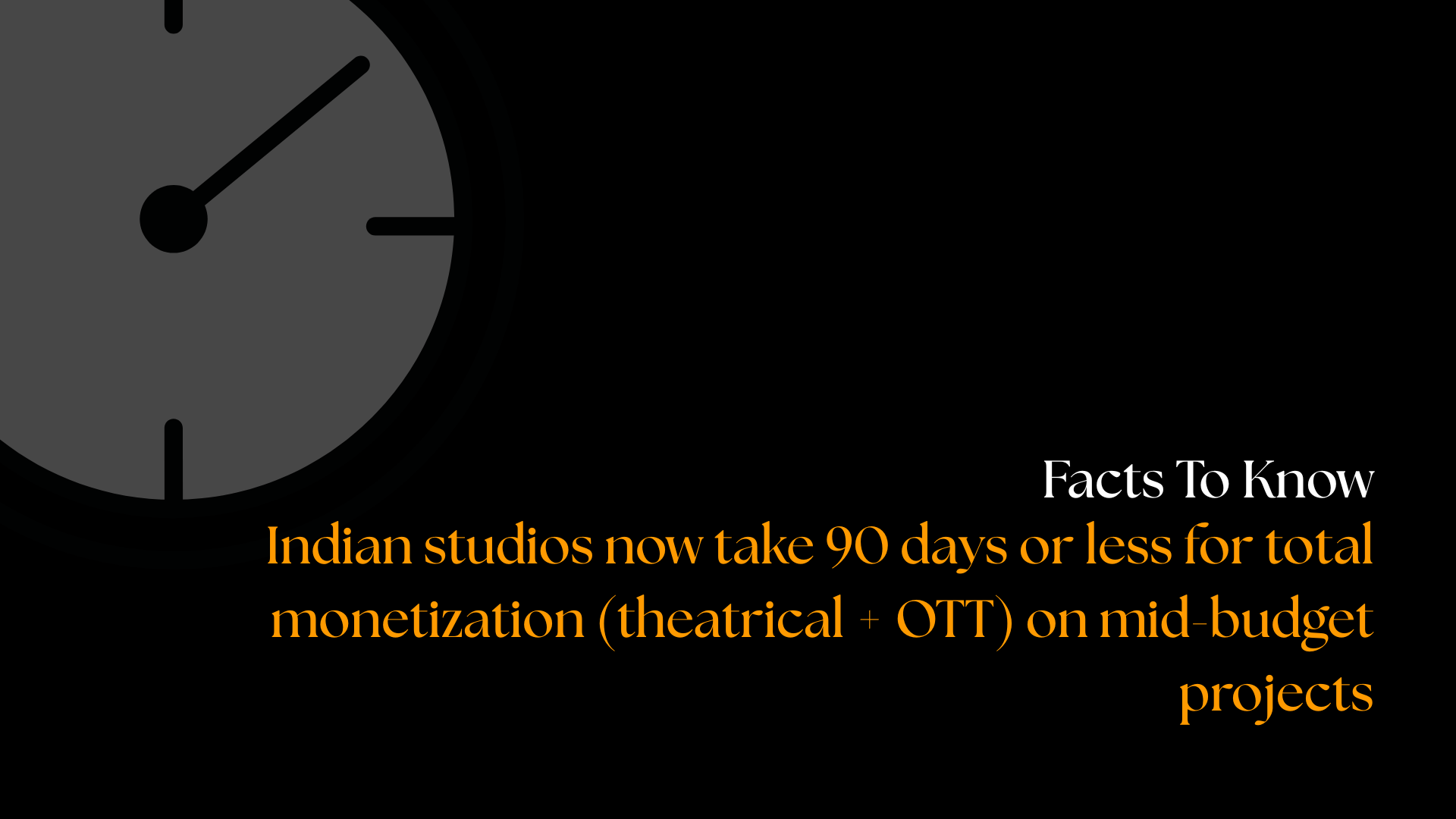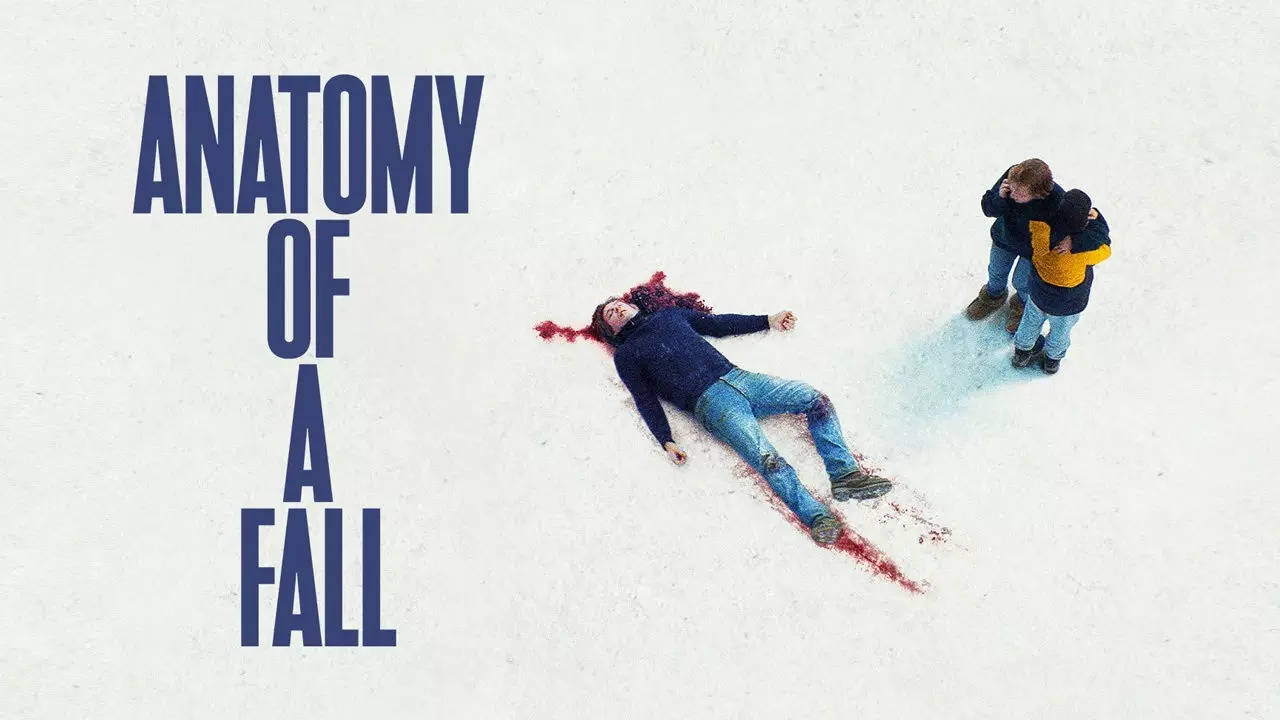Big Films vs Mid‑Budget: Who Wins Now?

Big is not dead. But it’s bleeding. Quietly. Expensively.
The ₹200–300 crore spectacle—once the default aspiration of Indian studios—is now a reputational risk. Bade Miyan Chote Miyan, Game Changer, Maidaan, Adipurush, Sikandar—each arrived swollen with stars and spend. Each flopped. Not because people stopped watching. Because they stopped forgiving waste.
Meanwhile, mid-budget films—₹30–₹80 crore—are no longer stepping stones. They’re the centre of gravity.
The market is recalibrating. The audience already has.
Flashpoints That Changed the Landscape
Chhaava
₹130 crore budget → ₹800+ crore gross. No IP inflation. Pure emotional precision. ROI: over 6x.
Stree 2
₹60 crore → ₹874 crore. Horror and humour, cleanly modulated. ROI: 14x.
12th Fail
₹25 crore → ₹76 crore. No stardom, no marketing noise. Just authorship. ROI: 3x.
Article 370
₹60 crore → ₹210 crore. Political film built like a thriller. ROI: 3.5x.
IB71
₹40 crore → ₹96 crore. Genre discipline. Tightly edited. Quiet winner. ROI: 2x.
Why Mid-Budget Is Winning Now
1. Audiences Want Intention, Not Indulgence
With the rise in ticket prices, the audience’s expectations increased. They have become more selective. They want emotional payoffs.
2. These Films Are Rewrite-Friendly
Lower burn rates mean sharper pre-production. Chhaava was restructured three times before the shoot. This level of care shows in the final product.
3. Scale Doesn’t Equal Sophistication Anymore
Audiences are quick to spot filler. Mid-budget films are leaner, sharper, and more urgent. They simply can’t afford fillers.
4. OTT + Theatrical Dual-Cycle Has Stabilised
Mid-budget films now rely on 90-day monetisation strategies. They hit their release in theaters, then quickly on OTT platforms, capturing the buzz of both sides of the audience without killing box office intent.
5. Stars Are No Longer Safety Nets
Big names come with big fees, which can form a liability. Smaller casts with story alignment are now outperforming marquee names on return-per-crore metrics.

Genre Is Now Architecture, Not Ornament
These films don’t wear genre like a costume. Today’s films engineer with it.
Stree 2 didn’t win because it was a horror-comedy. It won because the horror was controlled and the comedy was earned.
12th Fail, on paper, it was a biopic, but it was executed like a pressure thriller.
IB71 employed historical fiction similar to a stealth mechanism. The film trimmed dialogue down to a minimum, which only increased the tension and built momentum.
2025’s most effective films weren’t just cost-effective. They were structurally coherent. Genre wasn’t a promise. It was the spine.
This Isn’t Just an Indian Shift. It’s Global
Hollywood’s mid-range space has collapsed. $50M dramas have vanished. Studios have abandoned the middle in favour of $200M Hail Marys.
Meanwhile:
- Past Lives ($12M) → $24M, Oscar attention
- Anatomy of a Fall ($6M) → global licensing and prestige
- Broker ($12M, CJ Entertainment) → Asia + Europe ROI via platform strategy
Globally, audiences are leaning with stories with narrative integrity over production scale. India isn’t behind. It’s on pace.

Studios Have Already Begun Their Retreat
- YRF pivoted from Prithviraj to leaner projects like The Railway Men and Maharaj.
- Dharma is backing Kill (₹45 crore) and dropping mega-musical bloat.
- Maddock has locked its grip on the ₹50–₹90 crore space with horror, satire, and regional hybrids.
- T-Series is quietly shelving mega-action formulas in favour of intimate dramas and genre experimentation.
These aren’t cosmetic moves. They’re fiscal corrections.
The Real Question
The conversation has shifted.
It’s not “Is big dead?”
It’s: “Is big defensible?”
If the story survives at ₹60 crore, every extra rupee spent must be justified on screen instead of vanity-driven PR stunts.
2026 Outlook
Mid-budget films will:
- Anchor theatrical footfall
- Dominate OTT libraries
- Launch the next wave of directors
- Reclaim Tier 2 and Tier 3 audiences
- Protect producers from decimating flops
Big films will still be made. But they will be interrogated, not assumed. A ₹300 crore budget won’t be a symbol of ambition. It will be a legal liability.

Final Word
Big isn’t better. Big is heavier. And when it falls, it falls harder. Mid is sharper. It runs lean. It bleeds less. And right now, it’s winning.
Not because it’s modest. Because it’s willing to take risks. Big films have become monuments to executive anxiety. Mid-budget films are now weapons.
If you’re still betting only on scale, you’re not building a slate. You’re drafting an obituary.
The future is already here. And it’s costed down to the decimal.
Sharper stories > sharper visuals. If you think so, share this to sharpen the shift.

